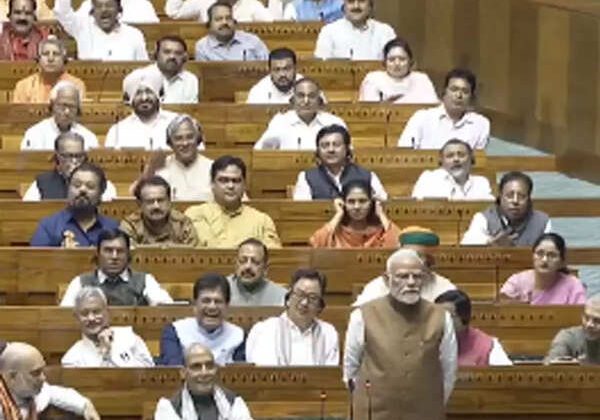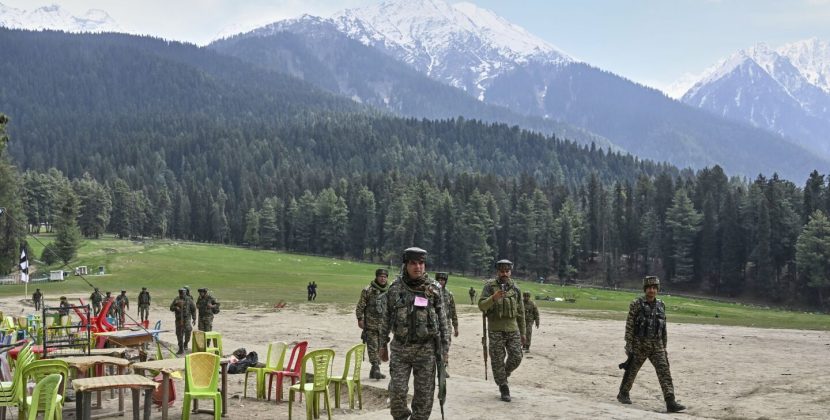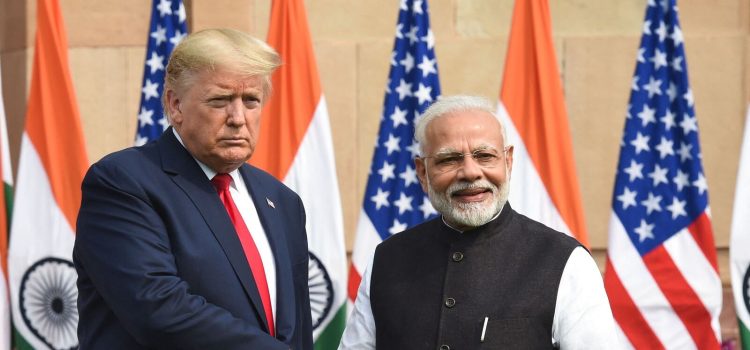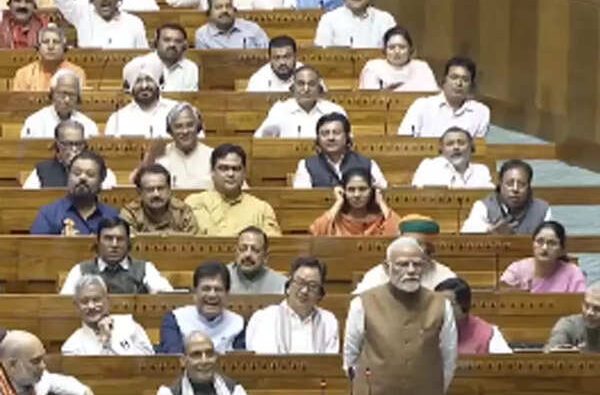
A trade deal between India and the US remains elusive, despite repeated claims from both sides in recent months that an agreement was within reach.
The US, over the last few days, has signed trade deals with several major economies, including Japan and the European Union (EU).
With China, the US had a tariff and export control agreement in May with August 12 deadline, which, according to experts, may be extended. According to Reuters, US and Chinese economic officials resumed talks in Stockholm, Sweden, on Monday.
On the other hand, there has been no major breakthrough on the trade deal front between the US and India — at least none that has been made public.
Last Thursday, July 24, the Ministry of External Affairs (MEA) said India and the US are working towards finalising the “first tranche of a mutually beneficial, multi-sector Bilateral Trade Agreement (BTA).”
Why is an India-US trade deal delayed?
Hopes were high that a trade deal between India and the US could be finalised before July 9, an earlier deadline set by US President Donald Trump for the tariffs to take effect.
However, despite several rounds of talks and reports suggesting that President Trump was expected to make a final decision on the potential deal, no agreement materialised.
A key point of contention has been the US’s insistence on greater access to Indian markets for its agricultural, dairy, and genetically modified (GM) products. However, India has argued that such access could negatively impact the livelihoods of its farmers.
“The US wants more access to India’s agriculture market, particularly dairy products. India cannot and is unwilling to negotiate on this. Animal farming in India is a source of livelihood for millions, not a large-scale industry like in the Western world,” VK Vijayakumar, Chief Investment Strategist at Geojit Investments, noted.
Moreover, reports suggest that India is seeking lower tariff rates to gain a competitive edge over its Asian peers.
Another possible reason for the delay in finalising the trade deal is the US’s stance against countries importing oil from Russia. Last week, US Senator Lindsey Graham issued a stark warning that President Trump intends to impose steep tariffs on countries continuing to import oil from Russia.
Can there be a deal?
Experts still remain optimistic that India and the US will reach an agreement, even though it may take time and may even go beyond the August 1 deadline.
After August 1, tariffs on Indian imports to the US will increase to 26 per cent.
Both countries may first finalise a basic trade deal, while talks for a more comprehensive agreement could continue until October or November.
According to media reports, a team of US negotiators is expected to visit New Delhi in the second half of August for the next round of discussions.
Experts believe that a deal is important not only for India but also for the US because of geopolitical compulsions.
“We believe that signing a trade deal amicably with India is equally important for the US for geopolitical compulsions. Therefore, we still hope that India would avoid any major risk on this front,” G Chokkalingam, the founder and head of research at Equinomics Research Private Limited, observed.
How can a further delay in the India-US trade deal impact the Indian stock market?
A further delay may keep the market under pressure due to elevated concerns about the country’s widening trade deficit, potentially triggering ripple effects on the economy and the Indian rupee.
On the other hand, a trade deal could serve as a short-term catalyst for the domestic market and may help it break out of the range it has been trading in for nearly two months.
“If India signs a deal with the US and averts the 26 per cent reciprocal duties, then the market is likely to recover significantly. In case reciprocal duty is imposed, then the market is likely to remain weak in the short-term,” said Chokkalingam.
A trade deal between the two countries may also attract FPIs who have been on a selling spree of Indian equities this month.
“Over the medium term, this could encourage increased FPI inflows into sectors like manufacturing, technology, and healthcare, particularly if supported by supply chain diversification and the ongoing ‘China+1’ strategy. Such a deal would also signal long-term economic stability and global integration, key factors for long-duration foreign investors,” Aditya Sood, a fund manager at InCred Asset Management, told Mint.
However, in the long term, the market will look for durable economic growth and a sustainable recovery in earnings to justify the elevated valuations.
Read all market-related news here
Read more stories by Nishant Kumar
Disclaimer: This story is for educational purposes only. The views and recommendations expressed are those of individual analysts or broking firms, not Mint. We advise investors to consult with certified experts before making any investment decisions, as market conditions can change rapidly and circumstances may vary.











